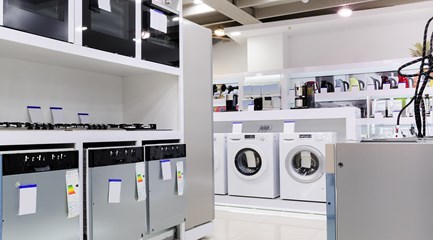After shelling out a couple of hundred pounds for a phone, it’s tempting to cut corners when it comes to replacing a worn-out charger. After all, how dangerous can a charger really be?
Pretty dangerous, actually. We tested a range of fake iPhone chargers and found that 98% of them had the potential to cause a lethal electric shock or start a fire. It’s a scary thought, especially when you think about how often we continue to use our phones while they’re charging. And if you leave yours to charge overnight, you have even more reason to be concerned.
A fake charger could also completely destroy your phone - definitely not ideal. Buying a cheap phone charger may save you a few pounds to start with, but it could end up costing you a lot more in the long run!
How can a fake Apple charger affect my phone?

- Fake chargers often pump out significantly less power than genuine ones, meaning it could take up to twice as long to charge your battery.
- They can also cause devices to overheat and even explode, destroying your phone and possibly injuring you in the process.
- The poor quality components that are often used in fake chargers can lead to electrocution, frying your phone’s inner workings and leaving you pretty frazzled too!
What are the most common signs of a fake Apple charger?

- Look for missing markings (like the CE mark) or spelling errors. These are the easiest way to spot a counterfeit - but beware, as fake products are becoming more sophisticated.
- This can be another fairly obvious indicator of a fake. The finish on a genuine charger is high quality, matte and uniform. On counterfeit chargers the finish is usually glossy or shiny with imperfections.
- The USB port on a counterfeit charger might be upside down, or in a different place. A genuine charger will also have a serial number at the back of the USB port.
- Our testing has shown that the pins on counterfeit plugs are much weaker than required by the standard. This is typically because they are metal-coated hollow plastic, rather than the solid metal used in genuine products. An easy check for this is to simply flick the largest pin and listen to the noise it makes. A genuine plug will sound and feel solid, while counterfeit products will make a ‘plastic’ noise and feel hollow.
- As counterfeit chargers contain few, if any, of the higher quality components required for safety, they are usually significantly lighter than genuine chargers. The charger should weigh at least 40g.
- The plug pins on a fake Apple charger may be larger or smaller than a genuine one, and may be positioned in a different place. The easiest way to check is by using the Electrical Safety First plug checker tool.
Click here for more advice and information on fake and substandard phone chargers, and join the conversation on social media with the hashtag #SpotTheFake!
More posts by Jenna Haldane



